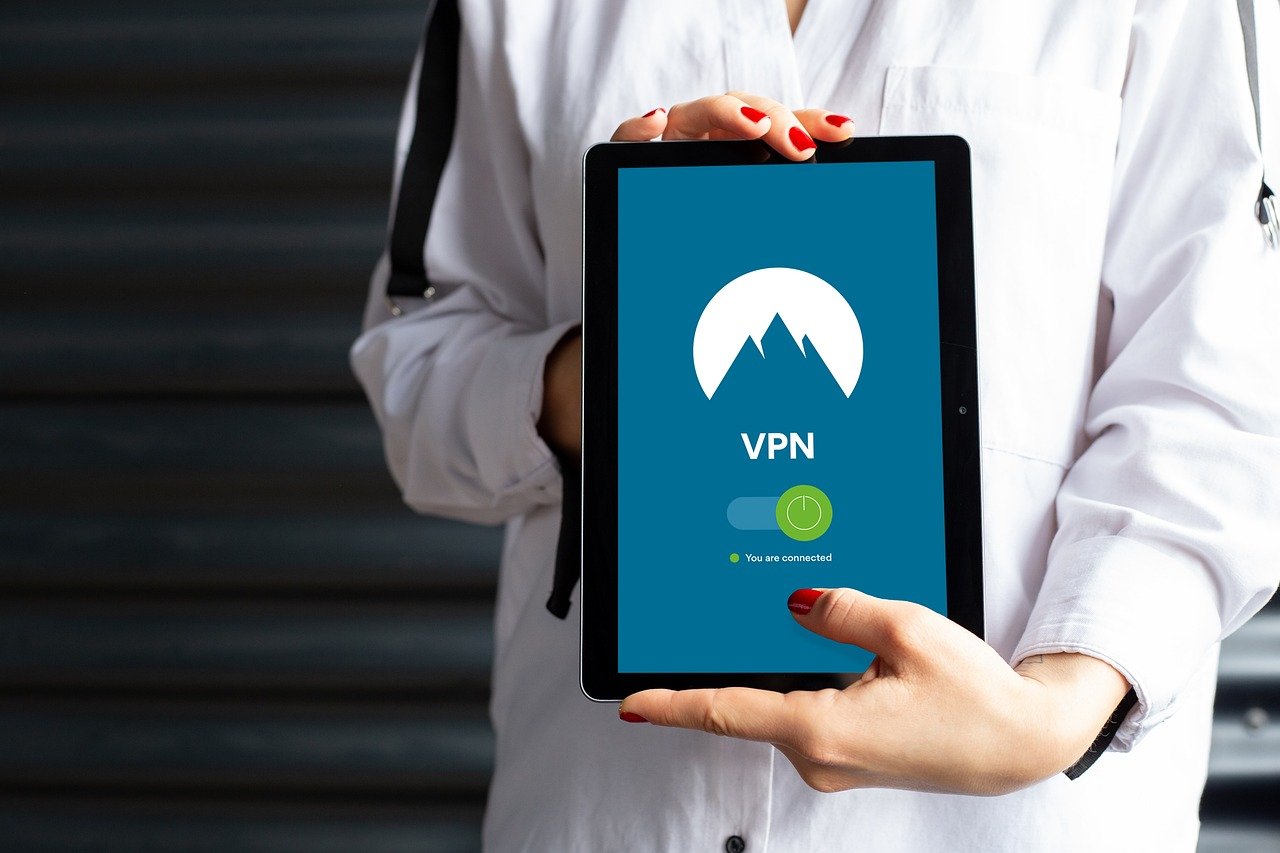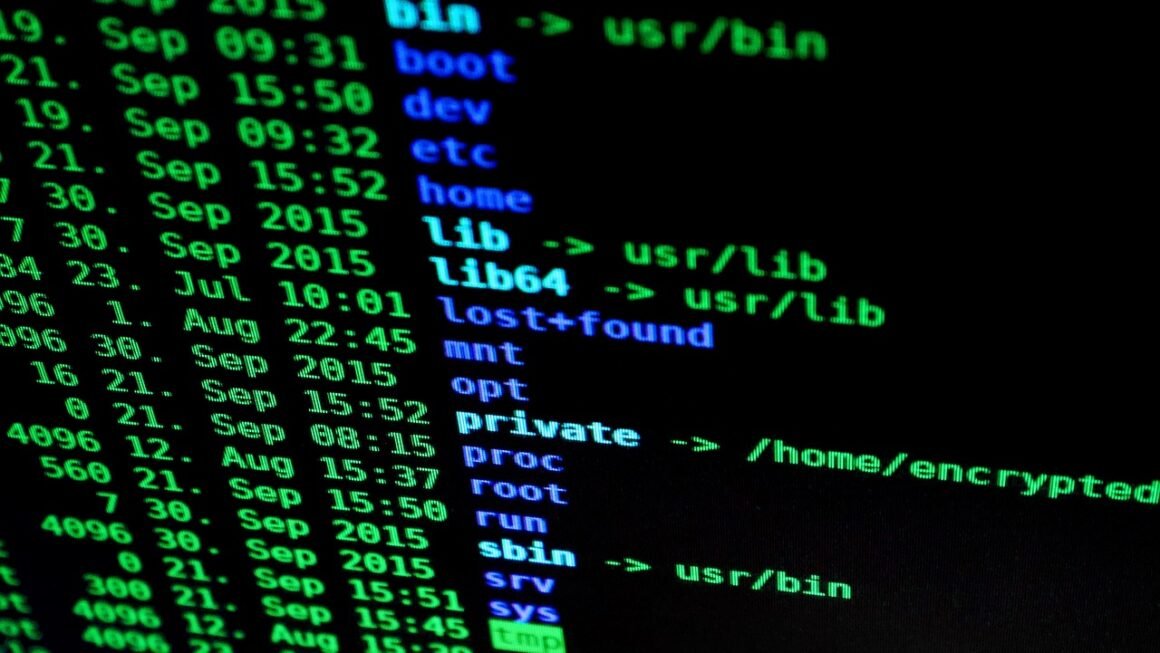Security Information and Event Management (SIEM) solutions have become an indispensable part of modern cybersecurity infrastructure. In today’s complex digital landscape, where threats are constantly evolving and data breaches can have devastating consequences, organizations need robust tools to detect, analyze, and respond to security incidents effectively. This blog post delves into the intricacies of SIEM, exploring its functionalities, benefits, implementation, and future trends.
What is SIEM?
Definition and Core Functionalities
SIEM, which stands for Security Information and Event Management, is a comprehensive security solution that collects, analyzes, and correlates security data from various sources across an organization’s IT infrastructure. These sources include:
- Network devices (routers, switches, firewalls)
- Servers (application, database, web servers)
- Operating systems
- Security appliances (intrusion detection systems (IDS), intrusion prevention systems (IPS), antivirus)
- Applications
- Cloud services
SIEM platforms perform several key functions:
- Data Aggregation: Gathers log data and event information from disparate sources into a centralized repository.
- Log Management: Stores, manages, and archives log data for compliance and forensic analysis.
- Event Correlation: Analyzes event data to identify patterns, anomalies, and potential security threats. This involves comparing events against pre-defined rules and threat intelligence feeds.
- Alerting and Reporting: Generates alerts when suspicious activity is detected and provides reports on security incidents, trends, and compliance status.
- Incident Response: Facilitates incident response by providing context, investigation tools, and workflows to contain and remediate security breaches.
How SIEM Works: A Simplified Explanation
Imagine a central nervous system for your organization’s security. SIEM acts as that system, constantly monitoring the environment.
Benefits of Implementing a SIEM Solution
Enhanced Threat Detection and Response
SIEM solutions significantly improve threat detection capabilities by:
- Real-time Monitoring: Providing continuous monitoring of the IT environment to detect suspicious activity as it occurs.
- Advanced Analytics: Using advanced analytics techniques, such as machine learning, to identify subtle anomalies and emerging threats that might be missed by traditional security tools. For example, a machine learning model might identify unusual network traffic patterns indicative of a data exfiltration attempt.
- Threat Intelligence Integration: Integrating with threat intelligence feeds to identify known malicious IP addresses, domains, and malware signatures.
- Faster Incident Response: Providing security teams with the context and tools they need to quickly investigate and respond to security incidents. Instead of manually combing through logs, analysts can use SIEM to quickly pinpoint the root cause of an issue and take appropriate action.
Improved Compliance and Auditability
SIEM solutions help organizations meet regulatory compliance requirements by:
- Log Management: Providing a centralized repository for storing and managing log data, which is often required by compliance regulations such as GDPR, HIPAA, and PCI DSS.
- Reporting: Generating reports on security events and compliance status, which can be used to demonstrate compliance to auditors.
- Audit Trails: Maintaining audit trails of user activity and system changes, which can be used to investigate security incidents and identify potential compliance violations.
- Data Retention Policies: Enforcing data retention policies to ensure that log data is retained for the required period of time.
Centralized Security Management
SIEM provides a centralized platform for managing security across the entire IT environment. This simplifies security management by:
- Single Pane of Glass: Offering a single pane of glass view of security events and alerts, allowing security teams to quickly identify and respond to potential threats.
- Simplified Incident Investigation: Providing tools to quickly investigate security incidents, such as log search, event correlation, and visualization.
- Automated Workflows: Automating incident response workflows, such as isolating infected systems and blocking malicious traffic.
- Reduced Complexity: Reducing the complexity of security management by consolidating security data and tools into a single platform.
Implementing a SIEM Solution
Key Considerations and Best Practices
Implementing a SIEM solution can be complex and requires careful planning. Here are some key considerations:
- Define Clear Objectives: Determine what you want to achieve with the SIEM solution. Examples include improved threat detection, compliance, or incident response.
- Identify Data Sources: Identify the data sources that you need to collect and analyze. This includes network devices, servers, applications, and cloud services.
- Choose the Right SIEM Solution: Select a SIEM solution that meets your specific needs and budget. Consider factors such as scalability, features, and ease of use. Options range from on-premise solutions to cloud-based managed security service providers (MSSPs) offering SIEM as a service.
- Develop Correlation Rules: Develop correlation rules that are tailored to your environment and threat landscape. Start with basic rules and gradually add more complex rules as you gain experience.
- Integrate with Threat Intelligence: Integrate with threat intelligence feeds to identify known malicious IP addresses, domains, and malware signatures.
- Train Your Security Team: Provide training to your security team on how to use the SIEM solution effectively. This includes how to investigate alerts, generate reports, and manage the system.
- Regularly Review and Update: Regularly review and update your SIEM configuration to ensure that it remains effective. This includes updating correlation rules, threat intelligence feeds, and system configurations.
- Pilot Program: Start with a pilot program before fully deploying the SIEM solution. This will allow you to identify and address any issues before rolling it out to the entire organization.
Common Challenges and How to Overcome Them
Implementing a SIEM solution can present several challenges:
- Data Overload: SIEM solutions can generate a large volume of data, which can be overwhelming for security teams.
Solution: Implement filtering and prioritization rules to focus on the most important events. Use machine learning to identify anomalies and reduce the number of false positives.
- Complexity: SIEM solutions can be complex to configure and manage.
Solution: Choose a SIEM solution that is easy to use and provides good documentation. Consider working with a managed security service provider (MSSP) to help with implementation and management.
- Lack of Expertise: Many organizations lack the expertise to effectively use a SIEM solution.
Solution: Provide training to your security team or hire a SIEM specialist. Consider outsourcing SIEM management to an MSSP.
- Integration Issues: Integrating SIEM with other security tools can be challenging.
Solution: Choose a SIEM solution that supports integration with your existing security tools. Use APIs to automate data sharing between systems.
SIEM in the Cloud vs. On-Premise
Comparing Deployment Options
Organizations have two primary options for deploying SIEM: on-premise or in the cloud. Each option has its own advantages and disadvantages:
- On-Premise SIEM:
Pros:
Greater control over data and infrastructure.
May be required by regulatory compliance.
Cons:
Higher upfront costs for hardware and software.
Requires significant IT resources for implementation and maintenance.
Scalability can be challenging.
- Cloud-Based SIEM:
Pros:
Lower upfront costs.
Easier to scale.
Reduced IT burden.
Automatic updates and maintenance.
Cons:
Less control over data and infrastructure.
May not meet all compliance requirements.
Reliance on internet connectivity.
Choosing the Right Deployment Model
The best deployment model for your organization depends on your specific needs and requirements. Consider the following factors:
- Budget: Cloud-based SIEM solutions typically have lower upfront costs than on-premise solutions.
- IT Resources: On-premise SIEM solutions require significant IT resources for implementation and maintenance. Cloud-based solutions reduce this burden.
- Compliance: Some compliance regulations may require on-premise deployment.
- Scalability: Cloud-based SIEM solutions are easier to scale than on-premise solutions.
- Control: On-premise SIEM solutions provide greater control over data and infrastructure.
A hybrid approach, combining on-premise and cloud elements, can also be a viable option for organizations with diverse requirements.
Future Trends in SIEM
AI and Machine Learning Integration
The future of SIEM is heavily influenced by the integration of Artificial Intelligence (AI) and Machine Learning (ML). These technologies are transforming SIEM by:
- Automating Threat Detection: AI and ML algorithms can automatically detect anomalies and suspicious activity, reducing the need for manual analysis.
- Improving Accuracy: AI and ML can improve the accuracy of threat detection by learning from data and adapting to changing threat landscapes.
- Reducing False Positives: AI and ML can reduce the number of false positives by identifying and filtering out benign events.
- Enhancing Incident Response: AI and ML can help security teams quickly identify and respond to security incidents by providing context and automation. AI can even suggest remediation steps based on historical data.
SOAR Integration
Security Orchestration, Automation, and Response (SOAR) is another key trend in SIEM. SOAR solutions automate incident response workflows, allowing security teams to respond to security incidents more quickly and efficiently. SOAR integrates with SIEM to:
- Automate Incident Response: SOAR can automate tasks such as isolating infected systems, blocking malicious traffic, and notifying stakeholders.
- Improve Efficiency: SOAR can improve the efficiency of security teams by automating repetitive tasks.
- Reduce Response Time: SOAR can reduce the time it takes to respond to security incidents.
- Standardize Incident Response: SOAR can standardize incident response workflows, ensuring that security incidents are handled consistently.
Cloud-Native SIEM
Cloud-native SIEM solutions are designed to take advantage of the scalability, flexibility, and cost-effectiveness of the cloud. These solutions offer several advantages:
- Scalability: Cloud-native SIEM solutions can easily scale to handle large volumes of data.
- Cost-Effectiveness: Cloud-native SIEM solutions can be more cost-effective than on-premise solutions.
- Flexibility: Cloud-native SIEM solutions offer greater flexibility and can be easily customized to meet specific needs.
- Integration: Cloud-native SIEM solutions are designed to integrate with other cloud services.
Conclusion
SIEM solutions are essential for modern cybersecurity, providing organizations with the ability to detect, analyze, and respond to security threats effectively. By understanding the core functionalities, benefits, implementation considerations, and future trends of SIEM, organizations can make informed decisions about how to leverage this technology to protect their valuable assets and data. Embracing AI, SOAR, and cloud-native architectures will be crucial for maximizing the effectiveness of SIEM in the ever-evolving threat landscape. Choosing the right SIEM solution and implementing it effectively is an investment in a stronger, more resilient security posture.



